A history lesson on the Italian Colonial Empire
Italy‘s history goes back thousands of years. From the Etruscans in Tuscany to the overpowering Papal States and the Romans, this country has a thousand and one gems to share. Today, we’re going to take a look at a part of its history that has often been neglected by books. Let’s travel together to the farthest reaches of Africa to discover another facet of the Second World War.
Italy didn’t unite until very late in its history, and this was due to intra-Italian colonial conquests. The Italian regions spent several centuries self-colonizing, with no thought for the rest of the world. As late as 1850, the country was divided into a dozen sovereignties, the most important being Veneto, Lombardy, Piedmont, Liguria and Tuscany. Italy was fully united in March 1861, following the annexation of the city of Rome. Italy lagged far behind on the international stage in many areas, not least sport, as discussed in this Bellavista article. Of course, colonial conquests were only on the agenda at a very late stage. France, England, Spain and Portugal had already shared the world. The rules of African conquest were very simple. The first to plant his flag won the land up to the horizon.
In 1870, the Società di Navigazione Rubattino was created and purchased the Bay of Assab (south of Eritrea) from the local sultan. Gradually, several ports were created, and the colony of Eritrea became official in 1890. The Italian Colonial Empire took on a whole new significance when the port of Benardir, in southern Somalia, was purchased. Italian settlers were taken seriously by the other European powers, but a major event was to shake up Italian history. The French had Djibouti and the lands of West Africa. The British, on the other hand, had Egypt, Sudan and a large part of tropical East and Southern Africa. The Fachoda Crisis in southern Sudan lasted ten years, peaking in 1898. The French wanted a route from Djibouti to Dakar, while the British were desperate to link Cairo to Kenya and South Africa. On numerous occasions, this crisis failed to trigger a war between the two countries… in Europe! Let’s not forget that African distances are gigantic, and Bordeaux is further from Paris than London. It’s quicker to settle disputes in Europe, but that would mean abandoning the African colonies. Since Italy was less dangerous than France, the English let the House of Savoy obtain land as far away as Kenya. However, the Italians and the English came up against Ethiopia, which won two successive battles to avoid being colonized. The Emperor of Ethiopia Haile Selassie I was carried off in triumph, and was considered a deity among the Rastas. This defeat marked the end of Italian expansion in East Africa.
In 1911, Italy obtained the territories of Tripoli and Benghazi after defeating Turkey in a year-long war. The Treaty of Lausanne formalized the cession of these territories. Shortly afterwards, Italy and France signed a treaty mutually recognizing the colonial territories. This made it possible to draw more precise borders. At the same time, the Italians were granted a concession in the port city of Tianjin, not far from Peking. This will be one of the smallest concessions China will give to Europeans. By way of comparison, the French have a territory six times larger and the Russians have a city ten times larger than the Italians. It was the Japanese who took over the Italian concession in 1943. Today, Tianjin in China is home to over 15 million people.
Italy was to focus not only on Africa, but also on Europe. The ultimate goal of the House of Savoy was to have an Italian road running from the Alps to the Somalian coast. The countries of Eastern Europe had been under the Ottoman yoke for many years, so they took advantage of the war between Italians and Turks to rebel. The Ottoman Empire ceded a great deal of land in the Balkans. Croatia, Slovenia and many other territories became Italian. The Italians obtained a large part of Cyprus and the Dodecanese islands. In Croatia, the cities of Trieste and Rijeka and the Kvarner islands were annexed first. Albania was annexed only at a very late stage.
With the arrival of the Fascists in power, the wars of conquest in Italian East Africa began anew. The Second Italian-Ethiopian War began in October 1935, pitting Mussolini against Selassie I. As Ethiopia was a member of the League of Nations (the forerunner of the UN), the international community was very irritated. Italian troops struggled to win the year-long war. In May 1936, King Victor Emmanuel III of Italy was proclaimed Emperor of Ethiopia in the capital, Addis Ababa. The British occupied the country in 1939. Before moving on to our conclusion, for those interested in the conquest of new lands, we invite you to read our articles on the Portuguese conquests and the Spanish Empire. Also take a look at our pages on the history of Italy in ancient Greece.
Unfortunately for Italy, it chose the wrong side in the Second World War. After the American and Allied landings of July and August 1943 and Mussolini’s arrest on July 25, 1943, Italy lost Libya, Albania, the Tianjin concession in China and the Dodecanese islands. The rest of Italy’s colonial possessions were lost under the Treaty of Paris of February 10, 1947. In Istria, however, Italy retained the city of Trieste, and the UN gave Italy a management mandate over Somalia until 1960. Italian conquests have never been glorious. Other European countries had a head start and had already colonized half the globe. The Italians gambled on concentrating on small lands and having an axis linking them to Rome. Unfortunately, Somalia was a poor choice, and the Fachoda crisis should have been a wake-up call for the Italian generals.
Italy is also art and architecture. You need an idyllic resort to enjoy the best of Italian culture. What would you say to taking up residence in the luxurious inland residences on the shores of the lago di Perguse, where an aminé village can be found, all in a very intimate setting? For those who prefer a little more luxury, we suggest this charming villa on the outskirts of Catania. As with this dream villa, it’s ideal to relax by the pool on hot afternoons. As evening falls, Catania invites you to enjoy its never-ending nightlife.



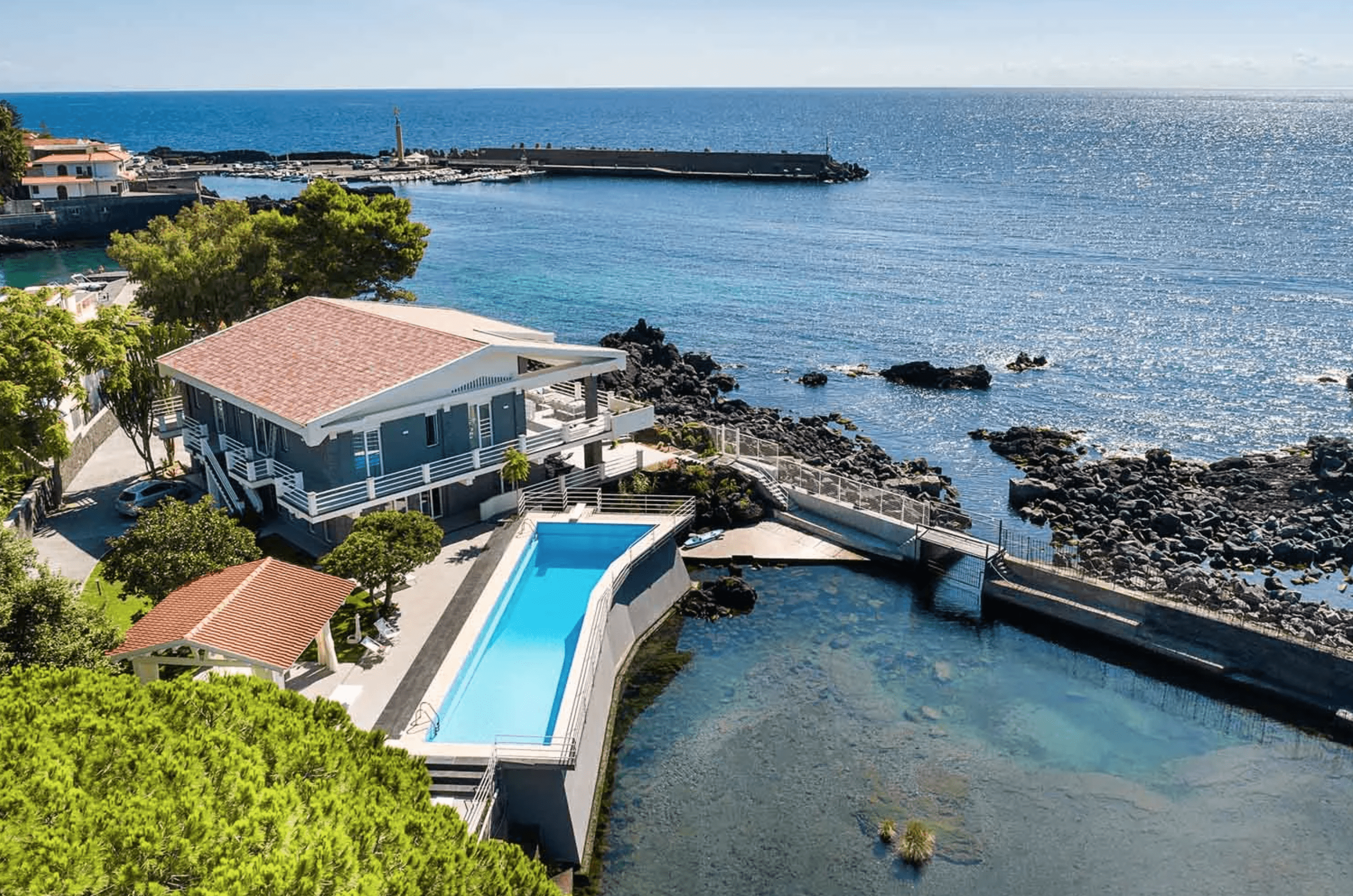
Best properties for rent
Experiences to live around the properties
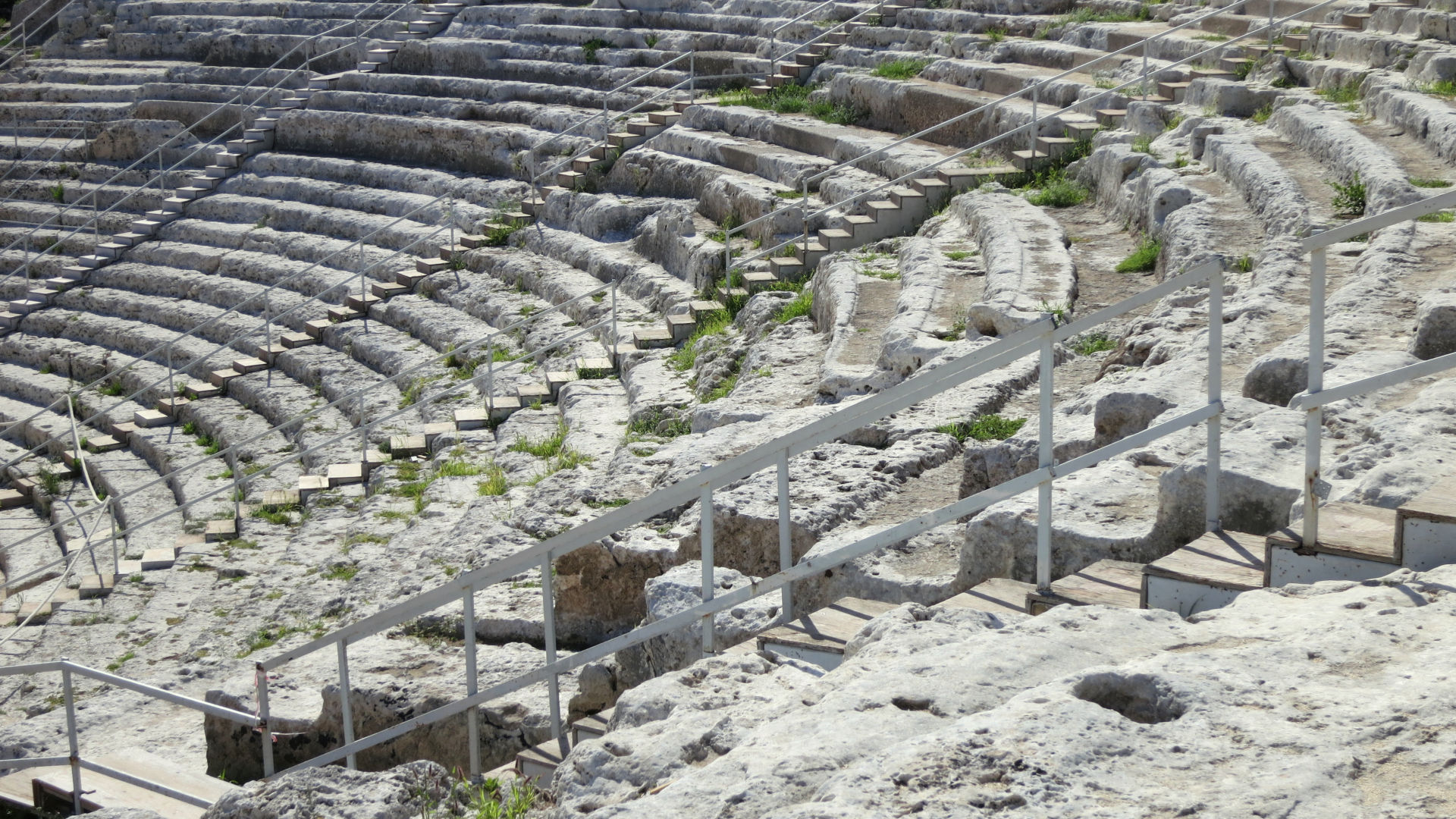
The ruins of Syracuse’s Greek Theatre
The Greek Theatre of Syracuse is located on Temenite Hill, in the Neapolis archaeological park. Carved right into the rock, it’s one of the largest in the Greek world! Just outside the modern city of Syracuse, it’s a must-see during your stay in this part of Sicily. Syracuse’s Greek Theatre ruins Listed as a UNESCO […]

Sicily’s volcanoes, as sumptuous as they are dangerous.
Once upon a time, in northern Sicily, there were two rocks so great and majestic that even the gods feared them. Here you are transported to a place where the forces of nature rule, leaving no respite for the people who live under the protection of these volcanoes. Taormina is the perfect place for a […]
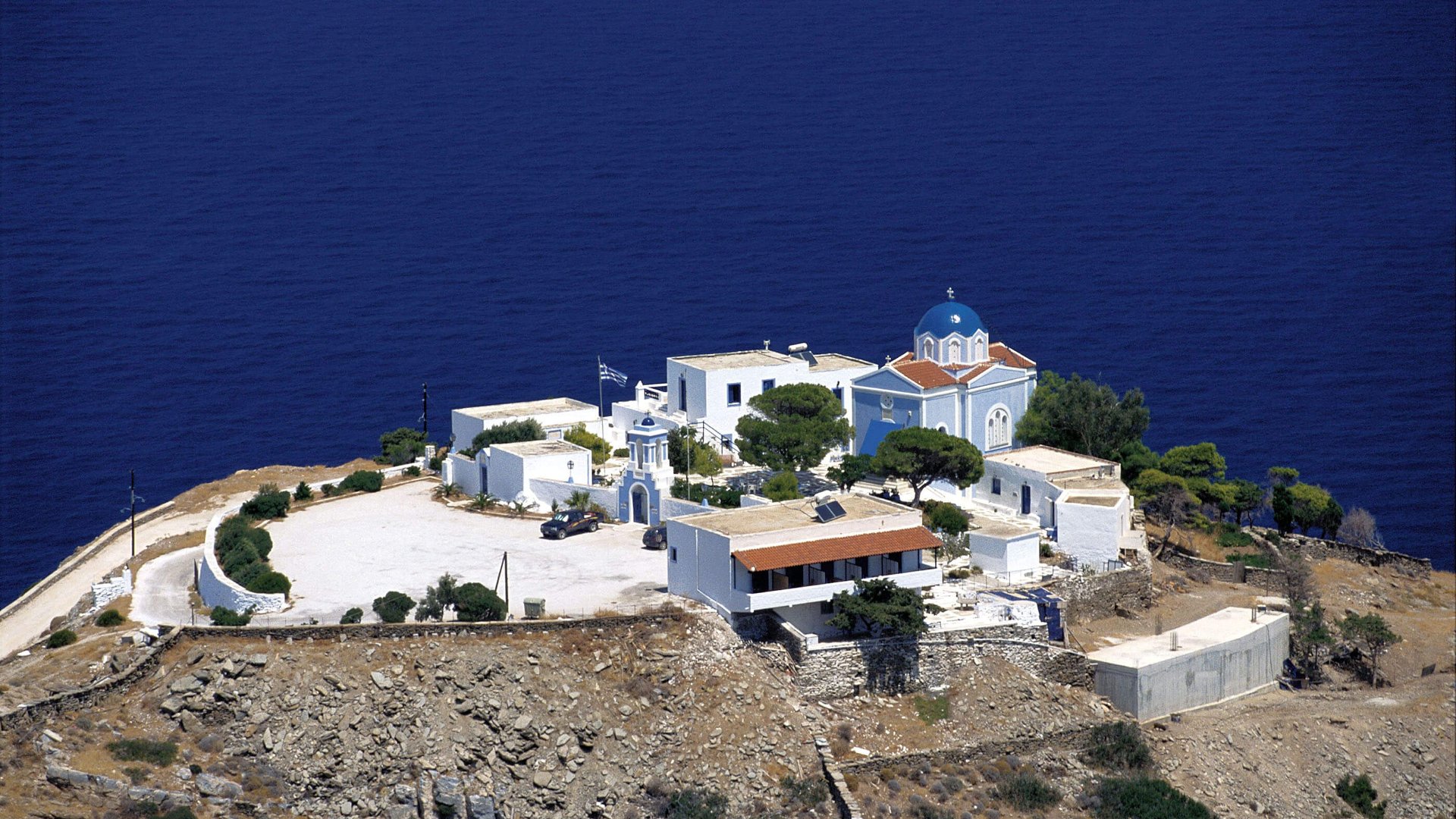
Panagia Kastriani Monastery in Kea
Kea is one of the best places to visit in Greece. It’s the perfect place for a romantic getaway, a vacation with family or friends. Also known as Tzia, it is currently less well known to visitors than the other Aegean islands. Looking for a real change of scenery away from the crowds? Kéa is […]
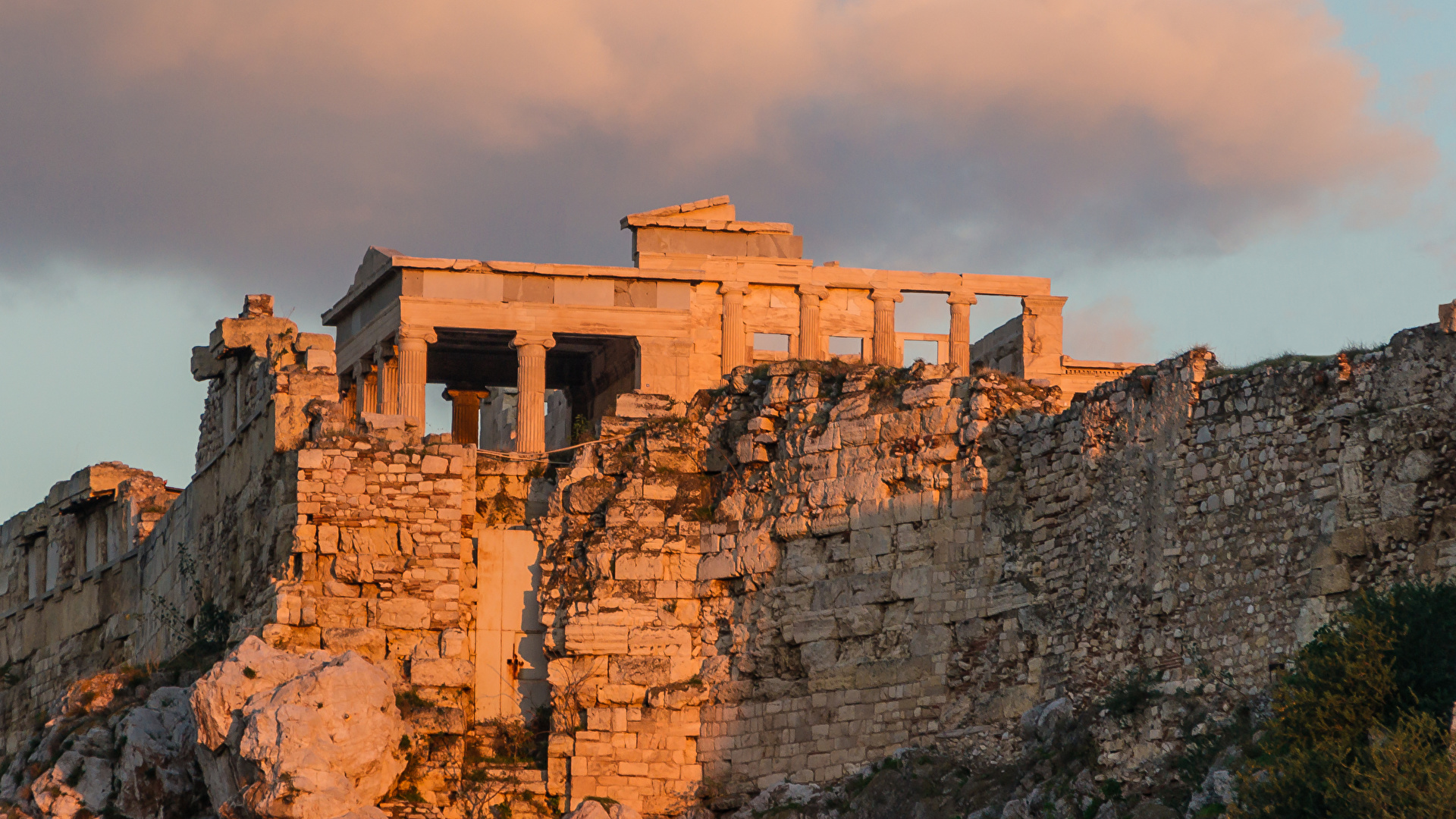
Discover Greek art with Bellavista
Greek art has exerted a considerable influence on many countries throughout history. From ancient times to the present day, the fields of sculpture and architecture have been led by the Hellenes. From Asia Minor to the Iberian Peninsula, discover the jewels of ancient Greece. Historians place the beginning of ancient Greek art in the 4th […]
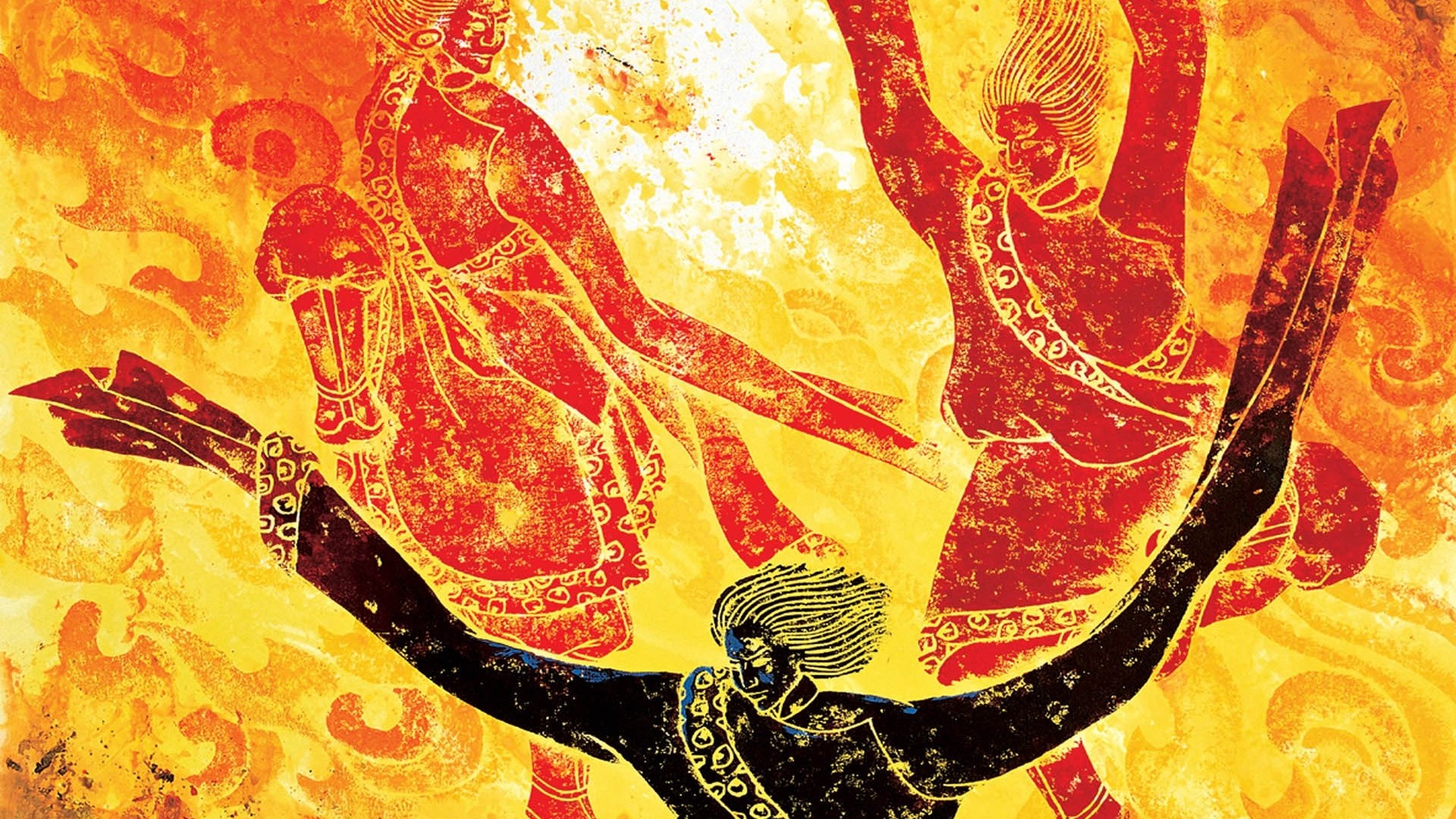
An introduction to Greek mythology.
Welcome to Greece, home of gastronomy, sun, turquoise waters and, of course, mythology. While sitting on the terrace of your luxury villa for rent, read a few lines about the Greek deities who founded this world… It was the gods who shaped the breathtaking landscapes of the Cyclades. It all begins when chaos reigns. Suddenly, […]
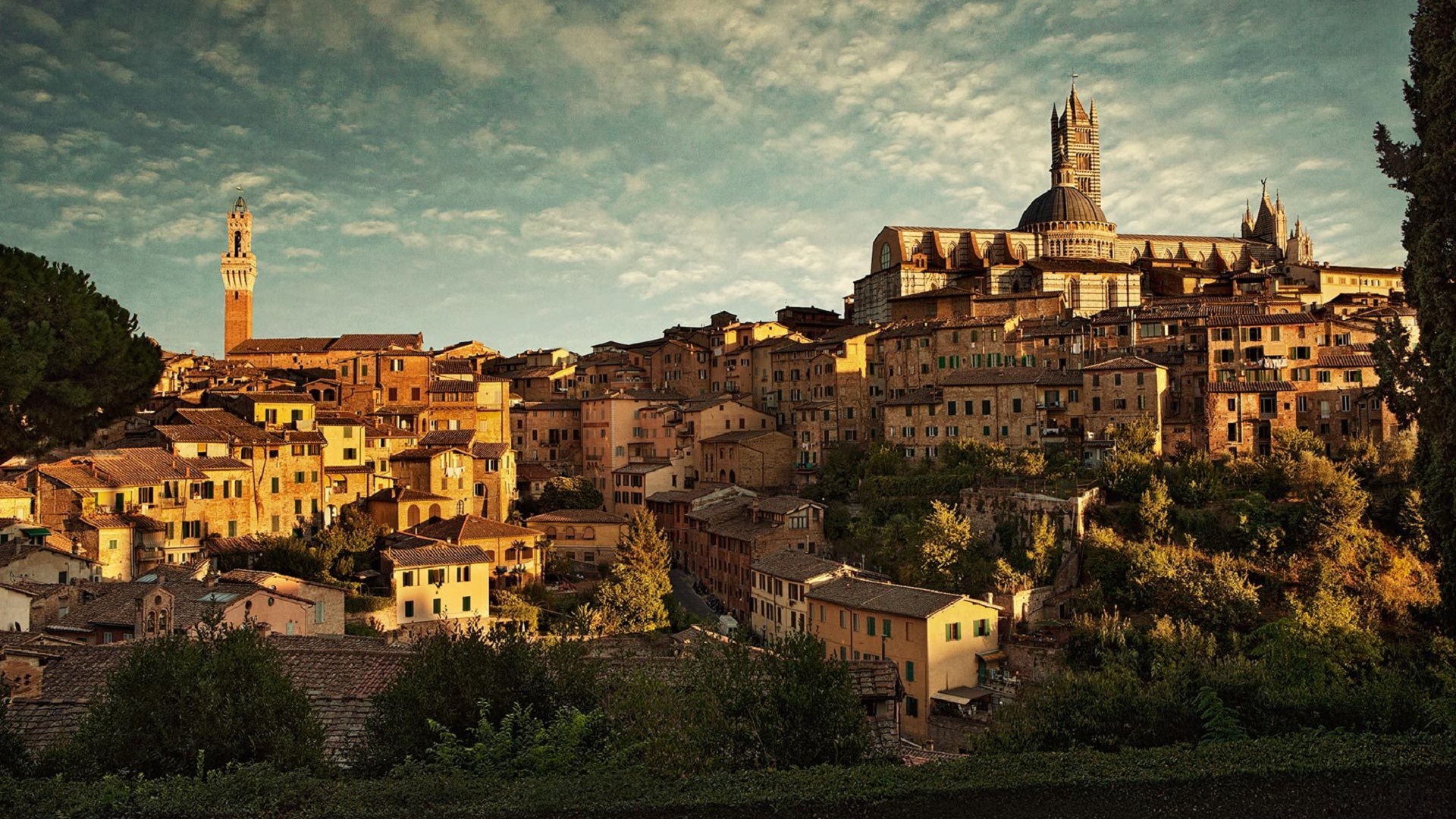
The story of Siena
Siena is a legend itself. This Tuscan small town, Florence rival, succeeded in crossing ages and wars. A privileged witness to the transformations that Italy has undergone throughout its history, let’s discover the miscellanea of the Republic of Siena. Everything began under the Roman Empire. Some say that Siena was built by Romulus’ nephews, founder […]








